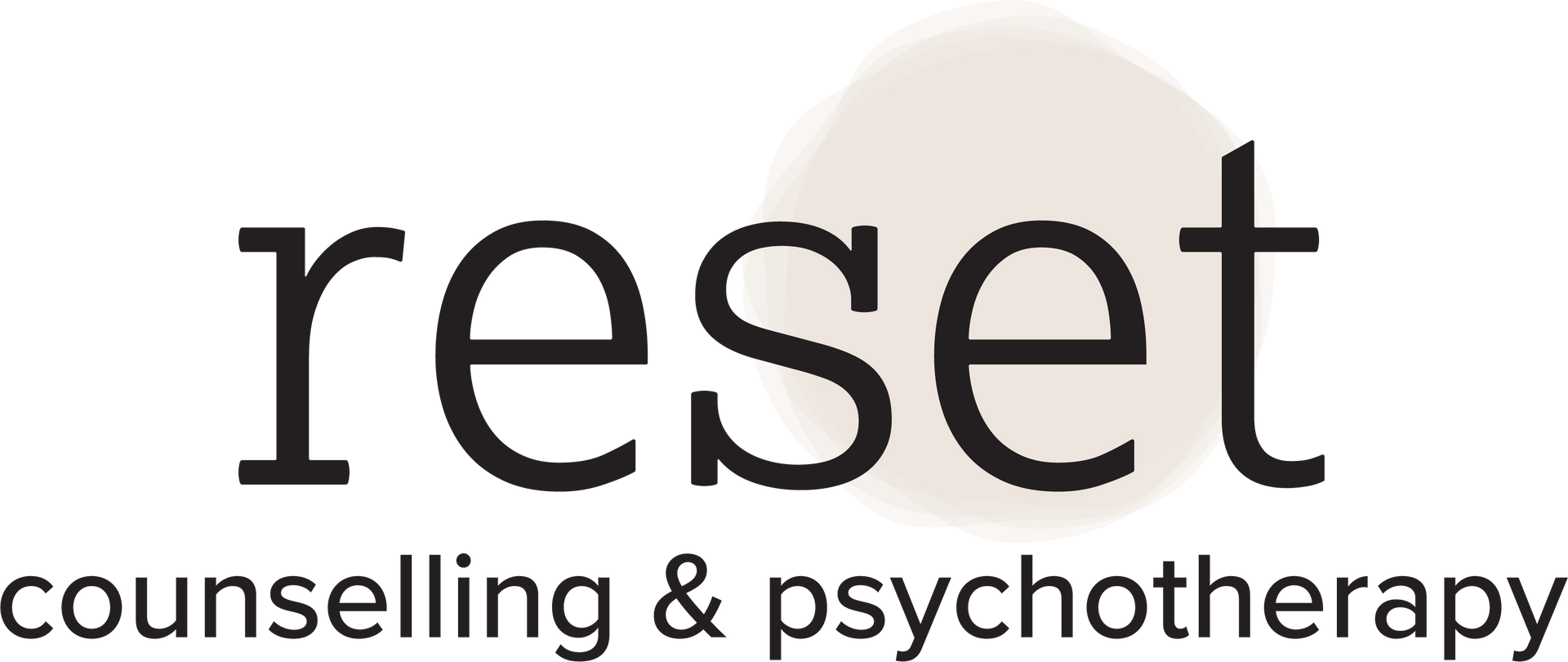Reciprocal Learning in Therapy
How Therapists Learn from their Clients | Individual Therapy in Barrie, ON

Therapy is often seen as a one-way street where therapists guide clients toward growth and healing. But what happens when the process becomes reciprocal? As therapists, we not only witness transformations in our clients but also learn invaluable lessons from their resilience, creativity, and unique perspectives. These moments remind us that therapy is a shared journey, where both parties grow together in unexpected ways.
Insights from Clients: A Privileged Perspective
One of the profound privileges of being a therapist is the opportunity to connect with people on a deeply personal level. Clients often come to therapy not realizing their own strength or the wisdom they carry. Yet, through our sessions, their insights frequently leave a lasting impression, challenging and enriching our understanding of mental health and personal growth.
For instance, clients occasionally share unique coping strategies or philosophies that resonate beyond their session. A teenage client once told me about the “Three L’s” approach to emotions: listen, learn, and let go. It’s a simple yet powerful framework that encapsulates the journey of emotional processing. This concept, introduced casually during a session, has since found its way into my work with other clients. Moments like these underscore how much therapists can gain from truly listening to their clients.
Learning through Cross-generational sharing
Working with younger clients, particularly teenagers, often places therapists at the forefront of cultural and mental health trends. Teenagers frequently bring insights from social media platforms like TikTok or Snapchat, sharing tips or strategies they’ve discovered online. While these platforms don't always offer the best strategies, they do help us to hear the mental health conversations and strategies that are happening.
This connection to the cutting edge not only helps me stay relevant but also challenges me to adapt my approaches. A teenager’s enthusiasm for a technique they’ve seen online might spark a broader discussion about mental health tools, opening up new avenues for growth. These moments are a reminder that the therapeutic process is dynamic, influenced by the evolving world around us.
Therapy as a Two-Way Mirror
As therapists, we often encourage clients to reflect on their thoughts and behaviors. Yet, in doing so, we’re also holding up a mirror to ourselves. When clients share their struggles and triumphs, it prompts us to consider our own values, beliefs, and approaches. For example, during the pandemic, therapy sessions became a space to process collective fears and uncertainties. Listening to clients navigate these challenges forced therapists to confront our own responses to a world in flux.
This reciprocal growth is one of the most rewarding aspects of the job. As we help clients make sense of their emotions and experiences, we’re simultaneously deepening our understanding of what it means to be human. It’s a process that fosters empathy, adaptability, and a renewed sense of purpose.
Clients: Unexpected Teachers
Therapists often emphasize the importance of growth for their clients, but the reverse is equally true. Many clients don’t realize how much they teach us. Whether it’s a poignant observation about life, an inventive coping mechanism, or an unexpected perspective, these moments become invaluable lessons we carry forward.
One particularly memorable moment came from a client who shared their journey of reframing emotions. Instead of viewing anxiety as an adversary, they described it as an overly enthusiastic friend trying to warn them of potential dangers. This reimagining of anxiety not only helped them manage their symptoms but also offered a fresh lens I could share with others facing similar struggles.
Strength in Vulnerability
Clients’ willingness to confront their fears and vulnerabilities is a constant source of inspiration. Witnessing someone take those first tentative steps toward healing—whether it’s a teenager overcoming their initial resistance to therapy or an adult processing decades of unspoken trauma—is a powerful reminder of human resilience.
These moments also highlight the importance of creating a safe, nonjudgmental space. Trust is the foundation of therapy, and as clients open up, they remind us of the strength it takes to face life’s challenges head-on. Their courage often reinforces my own commitment to vulnerability and self-awareness in both professional and personal contexts.
A Collaborative Journey
Therapy is not a linear process, and its magic often lies in its unpredictability. Clients come to us seeking answers, but they’re also architects of their own growth. As therapists, we provide tools, guidance, and support, but the breakthroughs are a testament to our clients’ determination and creativity.
Ultimately, therapy is a collaboration. The lessons we learn from our clients not only enhance our approach to therapy but also enrich our life outside the office. These shared experiences remind us that growth is a lifelong journey—one best undertaken together.
Give and Take
The therapeutic relationship is a unique and transformative bond, offering opportunities for growth on both sides. As therapists, we’re privileged to witness and support our clients’ journeys. In doing so, we often find ourselves growing alongside them, inspired by their courage, insights, and resilience.
Whether you’re a client, a therapist, or simply someone curious about the process, remember that therapy is about connection and discovery. And in that shared space, both healing and learning become possible—often in ways we least expect.
This blog is a companion to our podcast Beyond the Session S1Ep2: Stories of Triumph and Growth--you can listen to the full episode here:
https://open.spotify.com/episode/7KTuhVPNuRc7JNA2oQ17YE
COPYRIGHT © 2024 LINDSAY TSANG. ALL RIGHT RESERVED. POWERED BY WEBEXPERTZ.CA

